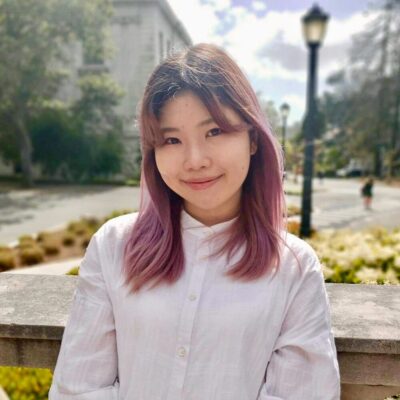Rinda Kawamoto L&S Social Sciences
The Involuntary Excluder Effect in Varying Group Size
When you get rejected by a member of your group, you may feel as if other members are also excluding you. Such a misconception in social exclusion is documented as the Involuntary Excluder Effect (IEE). Although IEE is known to be robust in one-person exclusion, its scope and mechanism remain unknown. Given the consequences of exclusion on ones emotions and workplace productivity, it is crucial to understand how IEE plays out in real-life situations. How does having more included or excluded members affect the level of IEE? What mechanisms explain it? In this study, I will measure the robustness of the IEE by varying the number of included and excluded members and test its mechanism by measuring how ones role as an included or rejected person changes ones construal of the ambiguous exclusion. This robustness check should increase the external validity of this research, given it is common for one-person exclusion to emerge in group contexts. Ultimately, this works insights may help to promote inclusive environments by better understanding the origin of social misunderstandings.
Message To Sponsor
Thank you so much for the opportunity to conduct research as part of the SURF L&S program! Im very excited to dive into my project with my mentors. I truly appreciate your generosity and cannot thank you enough for helping my dream come true to contribute to a more inclusive society through research.